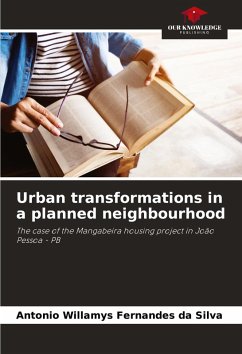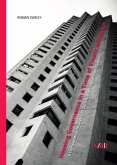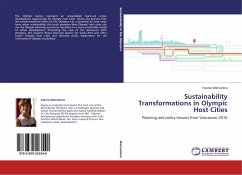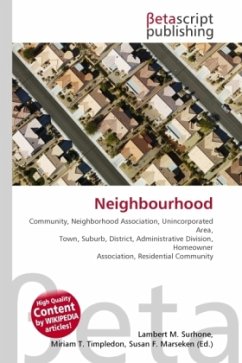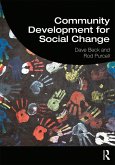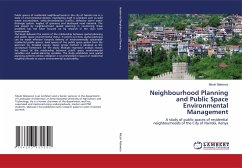The aim of this paper is to analyse the physical urban transformations that have taken place in a planned low-income neighbourhood, built by the government, as a result of the individual actions of its inhabitants over two decades. The Mangabeira neighbourhood is located in João Pessoa, the capital of Paraíba, and was built in the late 1970s by CEHAP-PB, the state's public housing company. These transformations were considerable and, to a large extent, replicated those seen in other neighbourhoods of the same kind in various cities in Brazil. There was a substantial gap between the plans of the urban planners and the real needs of the working classes, which led to the changes observed, which were a way of adapting the neighbourhood built to the social reality of these classes.
Bitte wählen Sie Ihr Anliegen aus.
Rechnungen
Retourenschein anfordern
Bestellstatus
Storno

